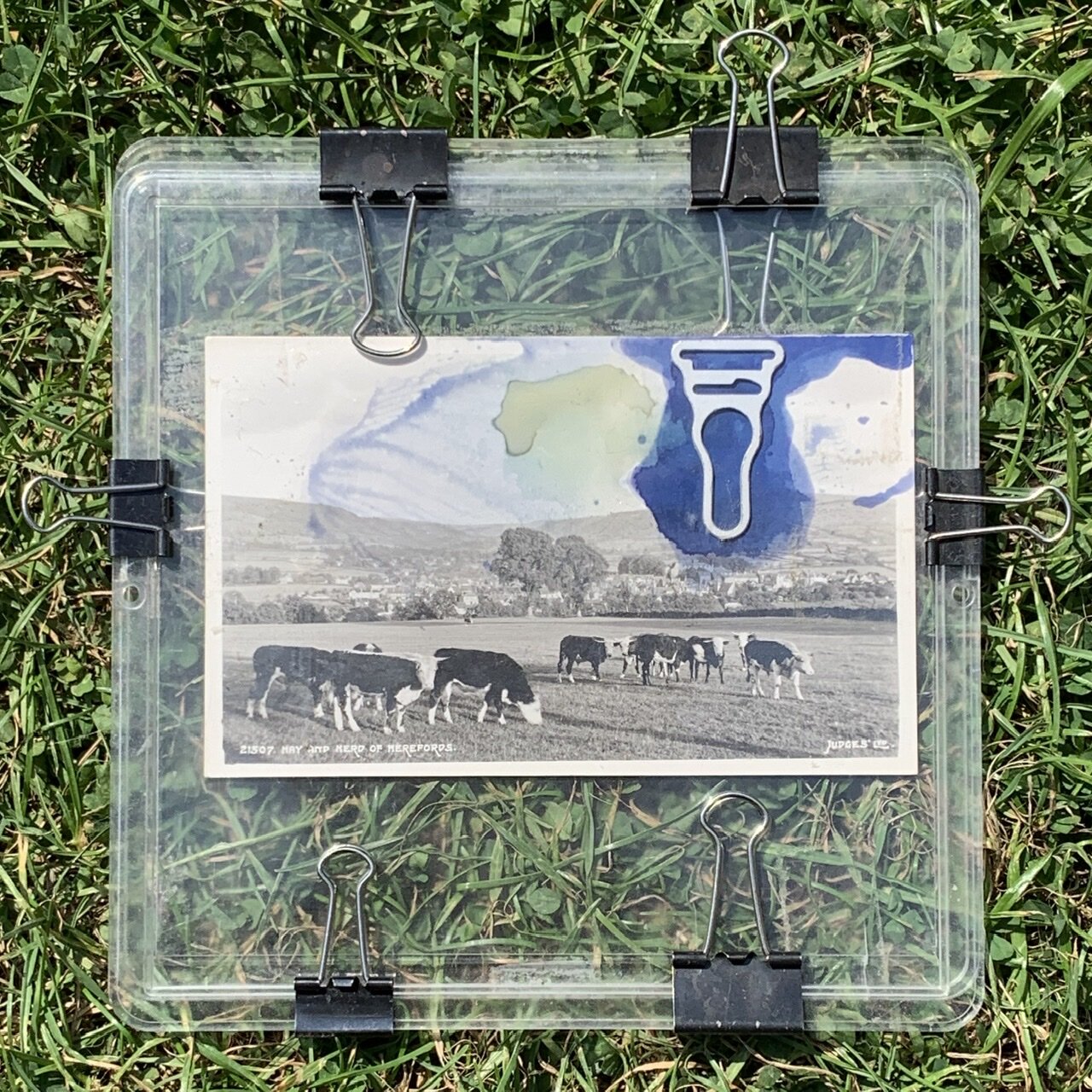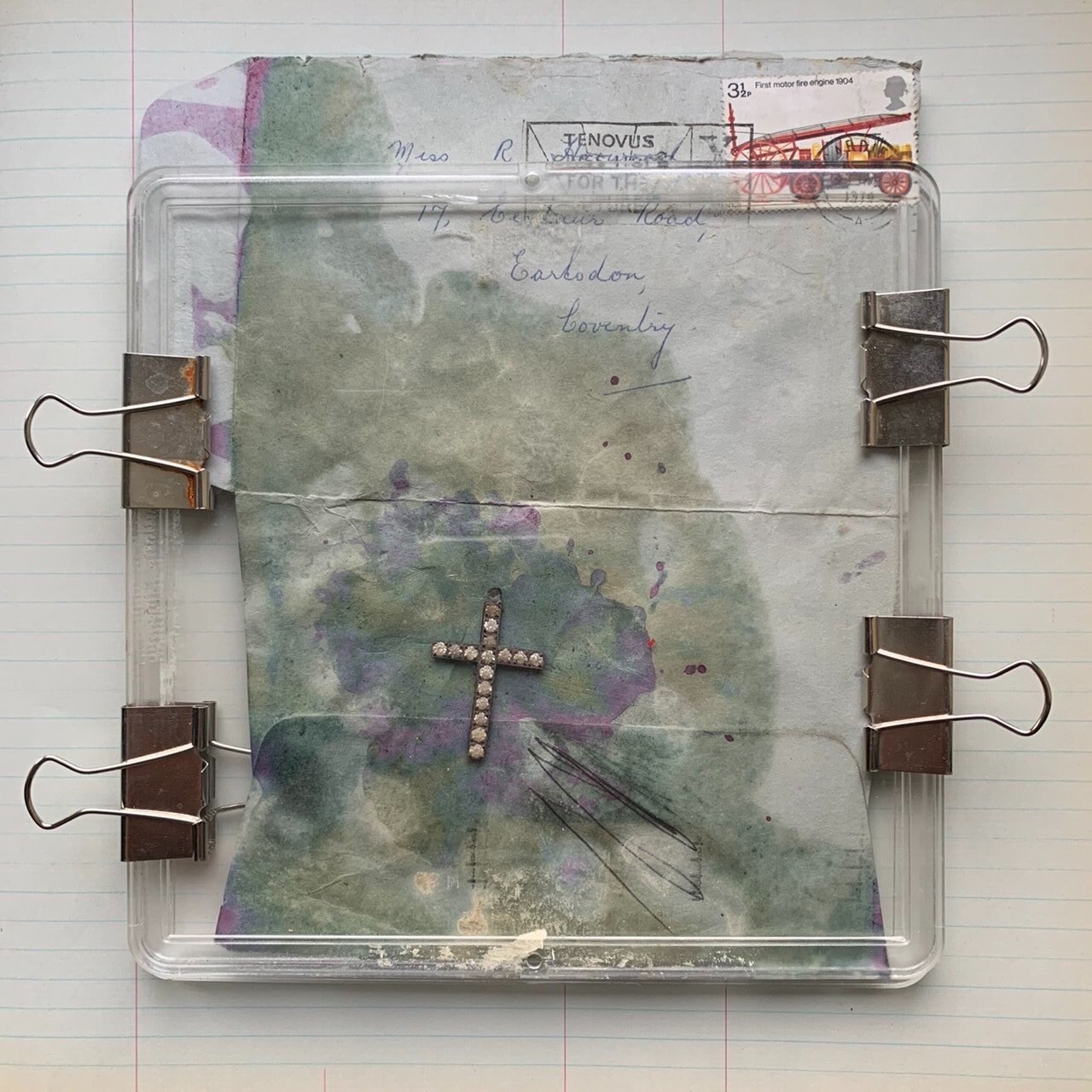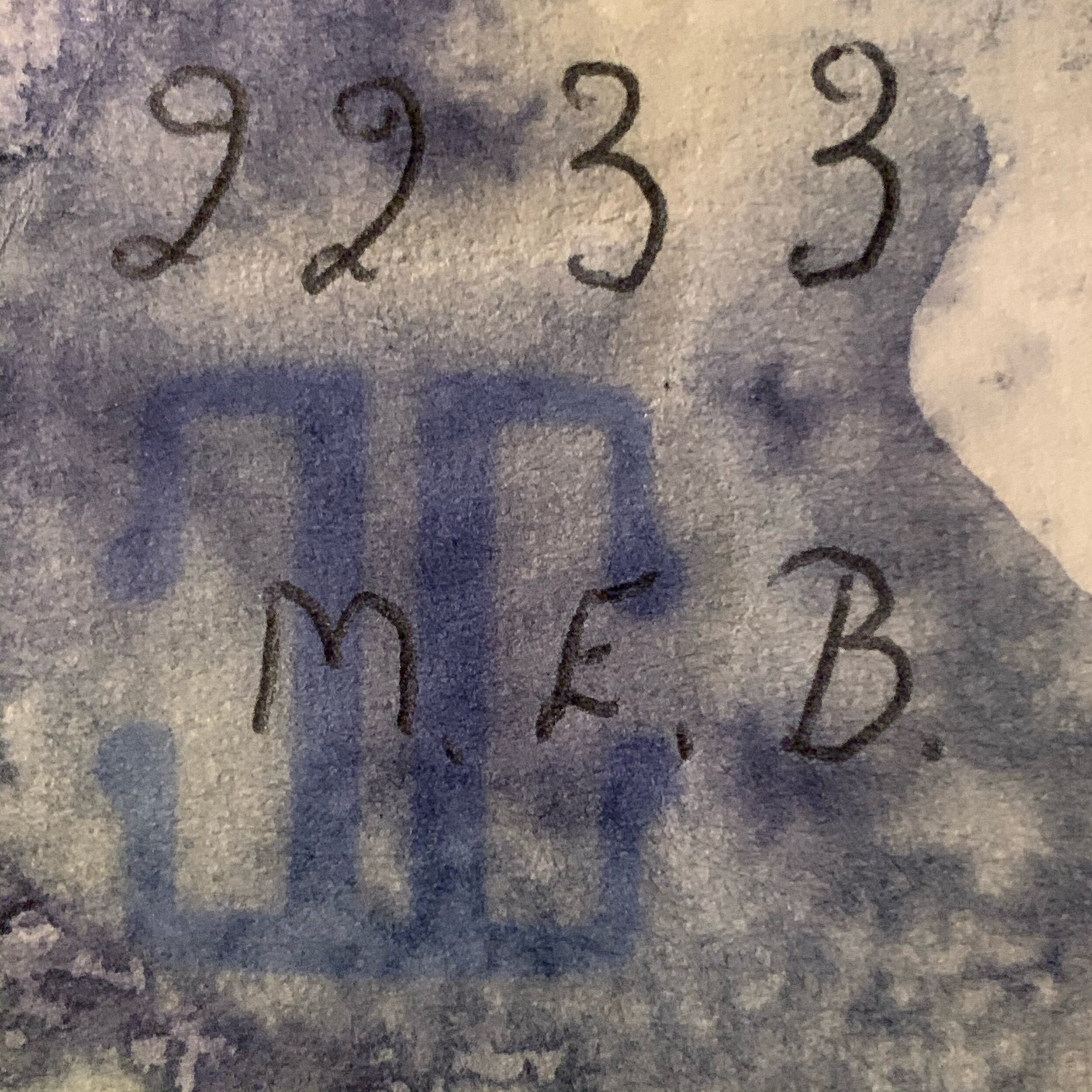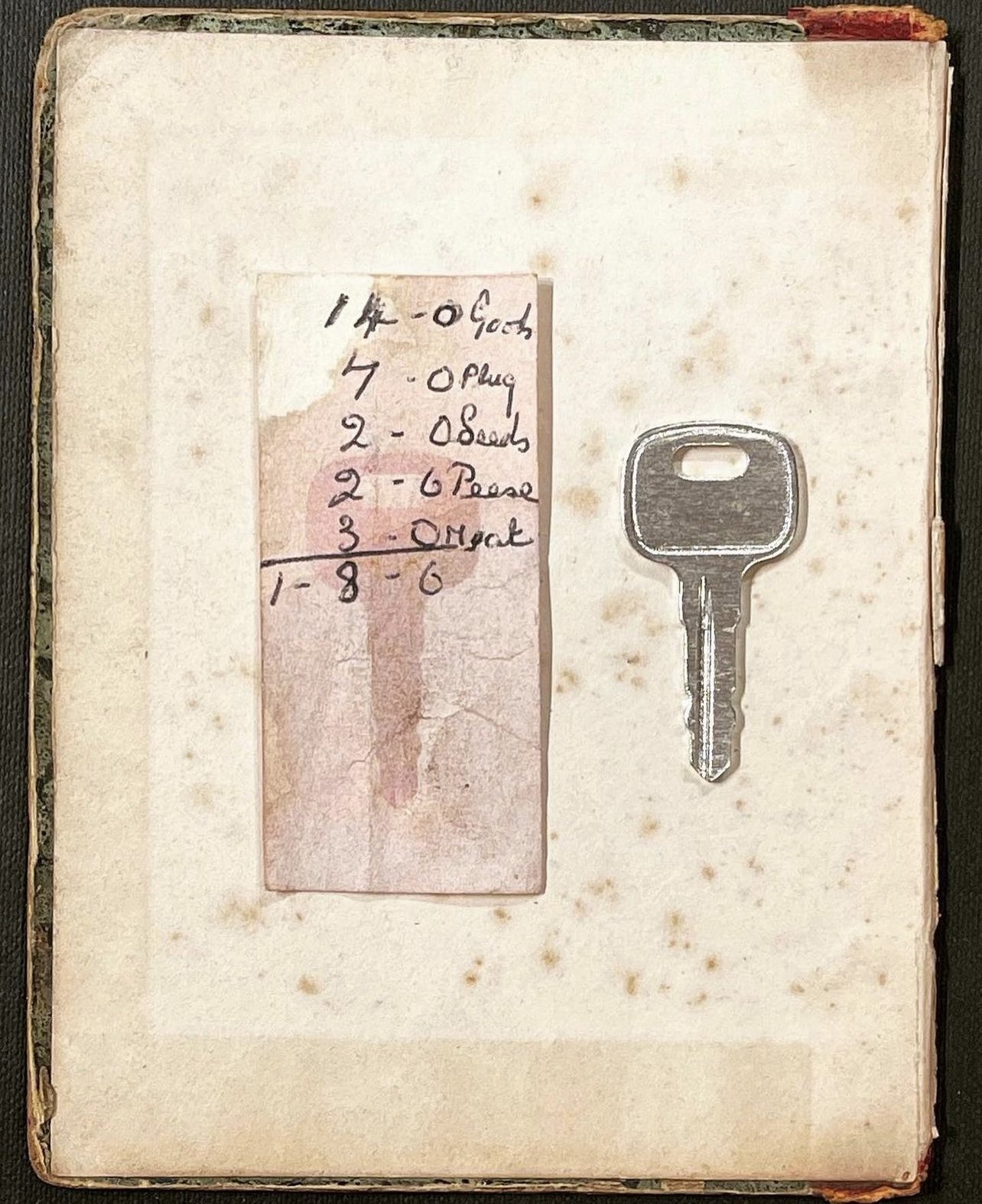GRAVE GOODS (2020)


























“These are her things,’ he was saying.”These are her things! She touched these things, she chose and bought them one by one, she arranged them lovingly and she thought they were beautiful. Oh my mother, my poor foolish little mother!’ The tears were streaming down his face. — The Book of Ebenezer le Page by G.B. Edwards.
In March 2017, my aunt and Godmother died, leaving for others to pick over, a house packed with the accumulation of almost 80 years of a life on this planet. Eileen was a hoarder and many of her left-behinds were nothing, less than nothing, and yet each till receipt, bus ticket, paper bag and rusty pin meant something to her, or at least, the holding on to them did. Sensing that holding on to them might have some yet to be discovered use or relevance in my life, I salvaged as treasures, items that others would trash. I had no idea what to do with any of these things, yet at the same time, I felt unable to let go of them. For two years, bags and boxes cluttered my studio, filling the air with the unmistakable scent of decay. Why couldn’t I move on? It occurred to me that in my imagination, transubstantiation had taken place: the objects left behind were an extension of my loved one’s body and to dispose of them would be to bury her for a second time. As I sifted through my aunt’s belongings, I began to consider ways by which I might work with them not only as photographic subjects but also as the materials and equipment used to make Anthotypes and Chlorophyll prints.
To make an Anthotype you need plant matter and sunlight. Dye is extracted from Petals, leaves, fruits or vegetables, paper is coated with the dye, a photographic transparency is placed on top of the dyed paper, both are exposed to sunlight that eventually bleaches away areas of Colour, resulting in an image. The process requires a patient and philosophical approach as exposure times range from a few hours to several months. The Chlorophyll printing process is simpler: a transparency is placed on top of a leaf, inside a contact frame, then left out in the sun as in Anthotype printing. In the course of making Grave Goods, paperweights and holiday souvenirs were repurposed as exposure units and printing frames, clothes pegs were often substituted for bulldog clips. Plastic and paper bags, stockings, suspender clips, needles, pins, threads, coins from purses and items of personal hygiene were used in place of photo transparencies. Shop till receipts, bus tickets, notebook pages, letters from bank managers, envelopes and birthday cards became printing substrates. Stale vintage perfumes from boxed toiletry gift sets were used to emulsify plant matter and aid pigment extraction, gifted handkerchieves were plant dye straining cloths. By means of this process, new connecting threads were made between my aunt’s random belongings. Furthermore, till receipts and envelopes from the DHSS printed with the shadows of personal items such as suspender clips and hair curlers, invested them, if only for a short time, with ritual status beyond their humble beginnings. If left untreated, Anthotypes are ephemeral reliquaries, destined to fade, even if left in the dark.
Grave Goods conceptually references discourse surrounding Object Studies and curated decay. It also presents the printing process as metaphor, equally worthy of our consideration as the finished print. The capturing of light is presented at its tipping point as Anthotypes and Chlorophyll prints are created through an unstoppable process of decomposition. Ephemerality being a key component of their materiality, they are both artefact and ecofact (organic objects subject to decay) This runs counter to the historical perception and marketing of vernacular photography that has engaged chemically coated pieces of paper as passive collaborators in a conspiracy of co-dependency. My work peels back the layers of this unhealthy relationship, presenting photography not as an act of preserving memories but a performative one of letting go.
Grave Goods recently won the Hundred Heroines EXPERIMENTAL open call and will be exhibited alongside the work of global experimental artist Ellen Carey who juried the competition. More information may be found HERE